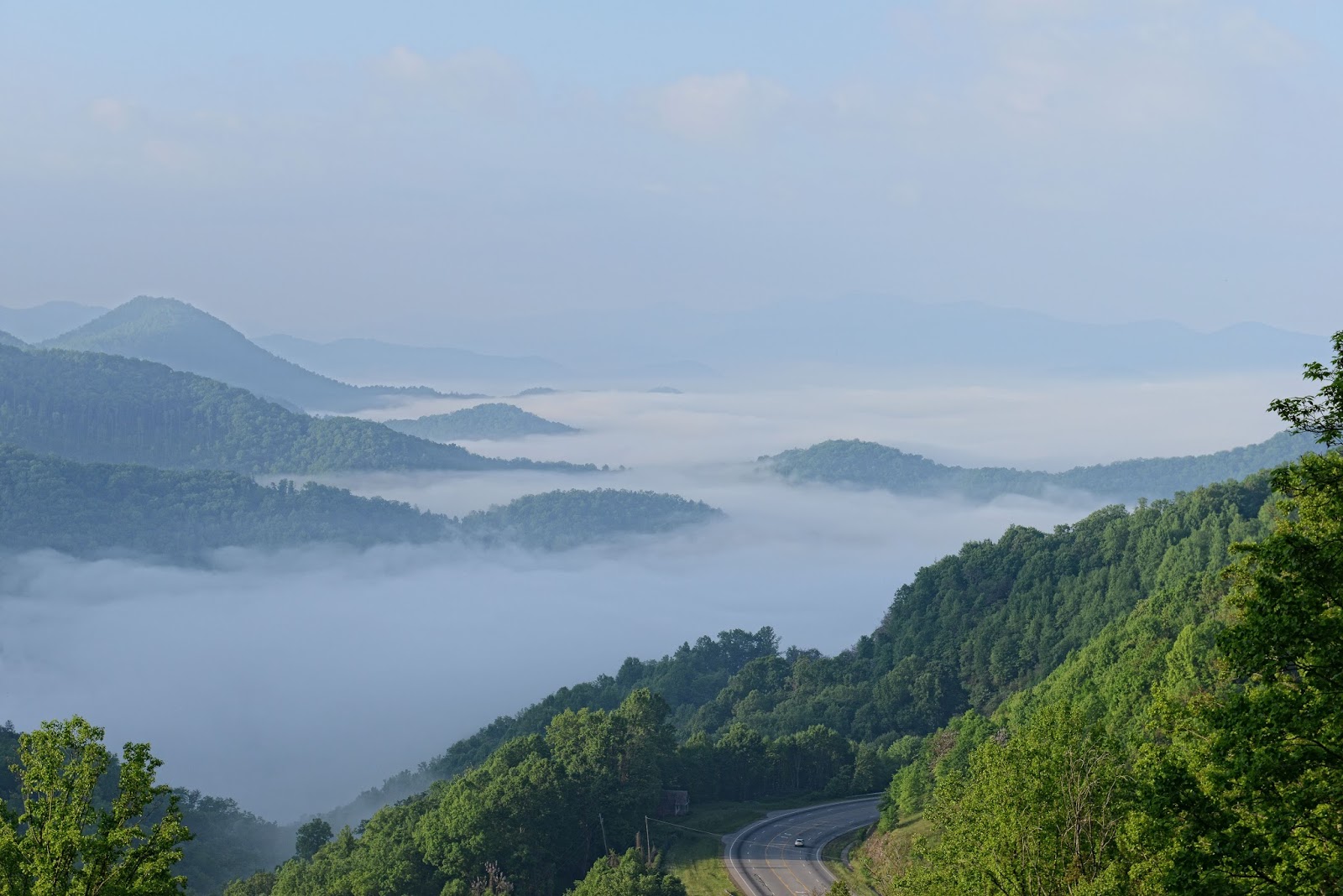
Landscape ecologists and nature-lovers are well aware of the way that valleys collect deeper, moister soils than neighboring hill slopes and crests. Now, researchers at Coweeta LTER have have found that cool air, sliding downslope from higher elevations and pooling in mountain valleys, subsidizes productivity in a different way. The cold air drainage was most prevalent at night and in the evenings, so it had little effect on photosynthesis, but reduced plant and soil respiration by about 8 percent. Overall, the authors estimate it boosted annual net carbon uptake by about 15 percent.
The study, published in December’s issue of Global Change Biology, drew on data from several long-running climate stations and eddy covariance flux towers within the Coweeta Experimental Forest, direct measures of temperatures and respiration in both soils and leaves, comparison to eddy covariance measures at the nearby Duke Forest Hardwood Site Ameriflux Tower, and recent improvements in the interpretation of eddy covariance data in complex terrain.
The authors note that the drainage effect was, somewhat unexpectedly, strongest during dry weather. As periods of drought are expected to increase under climate change, the subsidy could represent a previously unexamined climate feedback.










